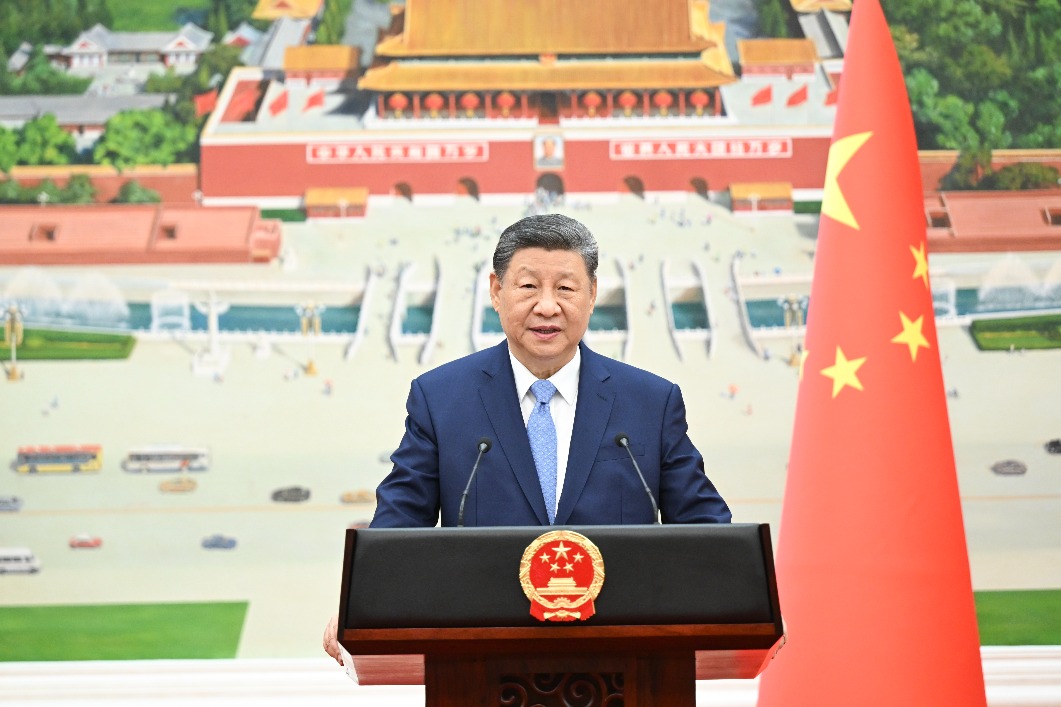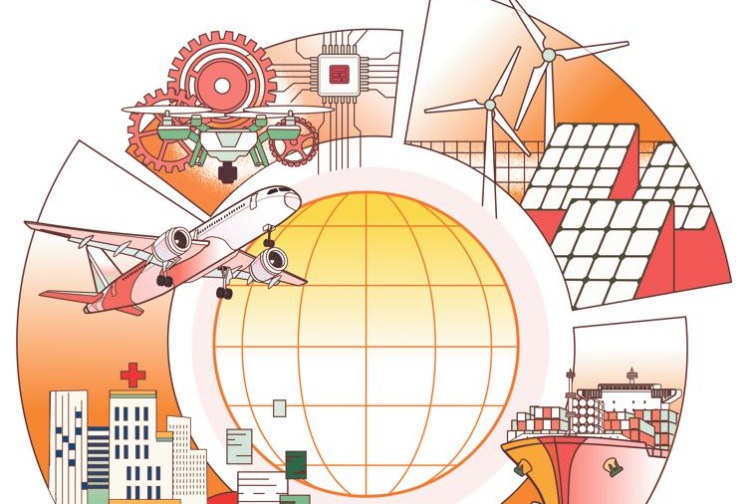Rural areas set good example of fighting virus


Although China has extended the health insurance system to rural areas in recent years, the fear of the spread of the novel coronavirus to the vast countryside caused grave concerns, because if the virus had spread to relatively undeveloped or impoverished rural areas that lack adequate medical resources and professional health workers, there could have been terrible consequences.
But a survey conducted through our questionnaires in dozens of impoverished counties across China showed that most of them had taken prompt and effective epidemic prevention and control measures.
First, of the 26 counties surveyed, five declared a level-1 response alert on Jan 23, the same day that Wuhan, capital of Hubei province and epicenter of the coronavirus outbreak in China, was put under lockdown, while the rest did so two days later. Such a rapid response laid the foundation for adopting the "early detection, early reporting, early quarantine, early treatment" approach to fight the outbreak.
Second, the counties have been flexible in making adjustments to their prevention and control measures based on the changing epidemic situation. As time passed, the virus didn't pose the same level of threat to all the counties, so some of them adjusted their alert levels earlier than the others based on the local dynamics. For example, one county changed its response alert from level-1 to level-2 as early as Feb 7. By the end of February, 11.6 percent of the surveyed counties had lowered their alert to level-2, and 34.6 percent to level-3. The lowering of their response levels based on the changing situation provided space for the local economy to recover and ensured people's livelihoods were not severely affected.
Third, while keeping the broad anti-epidemic picture in mind, the counties also implemented their own epidemic prevention and control measures based on their distinct local conditions. True, an epidemic calls for the implementation of integrated and coordinated prevention and control measures in all places. But it does not necessarily mean that all regions must adopt a totally uniform approach to contain the epidemic. For example, most of the 26 surveyed counties set their response levels according to the requirements of their superior governments, but four counties also set and adjusted their response levels based on their own conditions.
Fourth, social distancing as a key epidemic prevention and control measure has been widely adopted by the counties. The outbreak in the country coincided with the Chinese Lunar New Year, a time for family reunion, visiting friends and relatives, group celebrations and shopping sprees. Which made social distancing an especially important way to contain the spread of the virus.
At the peak of the epidemic, all the surveyed counties closed the traffic links with the outside world, nearly 70 percent of them set up checkpoints on major transportation routes and over 90 percent of them suspended public transport services within their jurisdiction. About half of the counties restricted outsiders' access to villages or communities, more than 90 percent registered and tracked people returning from Hubei, and 70 percent required local people returning from Hubei to go into mandatory home-quarantine. The short-term restrictions on the movement and gathering of people, to a large extent, helped lower the chances of the virus to spread.
Fifth, the counties used adequate social mobilization and timely disseminated information on the epidemic to fight the outbreak. Giving a shot in the arm to such measures were a large number of grassroots organizations, volunteers and people who worked for common good.
Also, village and community work teams were organized to disseminate information on the virus and the threat it posed to humans among local residents, with some residents spontaneously inventing games, making short videos and staging plays to popularize knowledge about the virus.
Of course, the success of the prevention and control work in the counties cannot be separated from the comprehensive anti-virus measures at the national level. A series of measures taken by the central authorities, such as timely updating of testing standards, paying the charges for patients' tests and treatment from the state coffer, supplying test kits and diagnosis tools to local governments, offering financial help to small and medium-sized enterprises, and supporting the resumption of production and other economic activities-which synergize the interests of the central government, local governments and the people-have helped the prevention and control work to yield positive results at the local level.
The experience of epidemic prevention and control work in the country's impoverished areas is of great significance to other countries, especially developing countries, as it offers a workable solution for countries with weak financial capacity and inadequate health resources to effectively fight the epidemic even in the absence of a cure or vaccine.
To some extent, social intervention is the only way less-developed countries can prevent and control the spread of the virus. And to do a better job of fighting the epidemic, a government should prioritize the health of its people, make the right decisions, mobilize its social and human resources, practice good governance and, if necessary, seek the help of other countries.
The author is vice-president of China Development Research Foundation. The views don't necessarily reflect those of China Daily.































